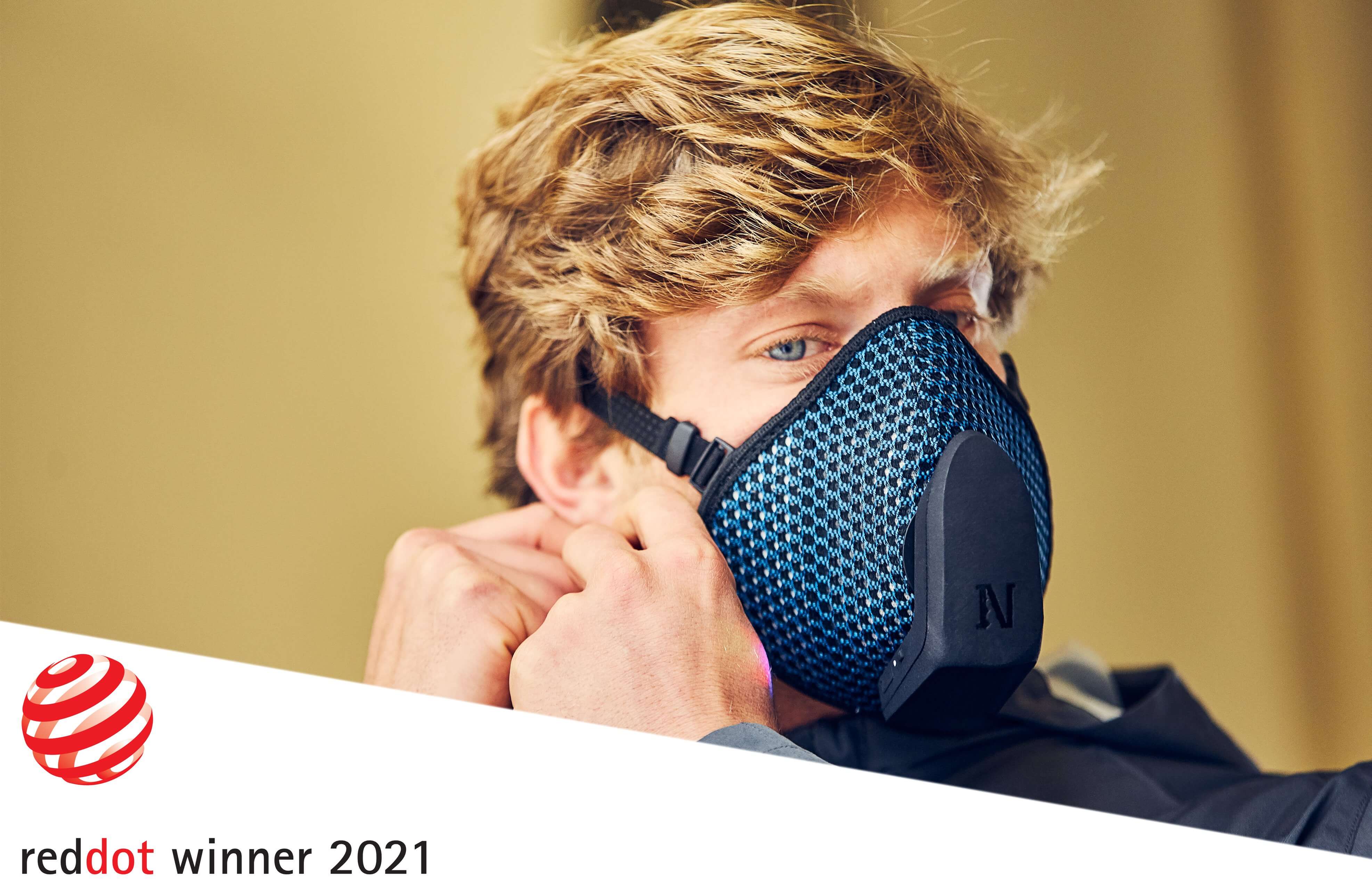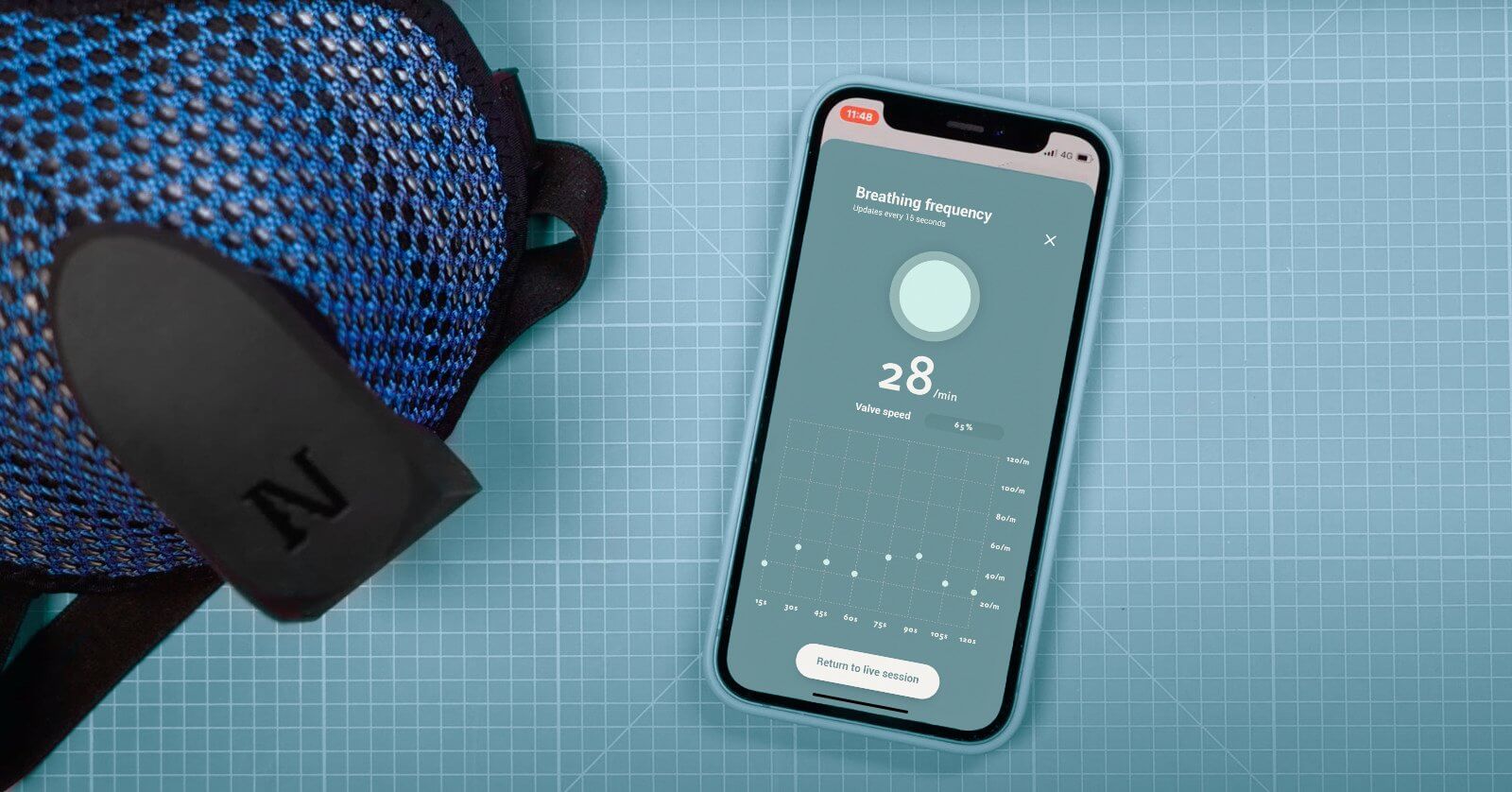Air, an invisible element that surrounds us and gives us life. We are so accustomed to the presence of air that we forget it exists. And we often forget how air quality is a fundamental element for our health.
Air pollution is an important issue, especially in more industrialized countries like Europe. According to a 2017 European Commission report, the problem of air pollution is perceived by citizens of member states as one of the most important concerns related to environmental issues, second only to climate change.
The importance of this issue and the awareness about it have also radically changed the world of media, which have started to address the issue and the approach of policies, which are considered fundamental to cope with this problem. In fact, EU citizens declare themselves ready to take part in actions that can lead to the improvement of air pollution conditions by going to change their lifestyle but also feeling the need for targeted and organized policy interventions.
The main risks of air pollution
Among the major risks associated with air pollution are first and foremost health problems. The development of airway diseases, cardiovascular problems, asthma, and allergies are just some of the diseases and disorders caused by harmful particles in the air. These substances increase mortality rates and lead to the development of chronic conditions that may require long-term hospitalization.
The Europeanreport highlights how air pollution is extremely harmful for architecturalheritage and works of art that are fundamental pillars of history and cultureof the European Union.
Industry and air quality: the most polluting sectors
The main sectors contributing to air pollution in Europe are:
- Transportation (road, air, tram and ship)
- Manufacturing and heavy industry
- Energy supply
- Agriculture
- Waste of any kind (including water)
Among the pollutants most present in the air we breathe are PM (particulate matter), i.e. particulate matter/ fine dust. These are created both by human activity and by natural events, such as fires.
The European Union provides a series of maximum daily and annual values of pollutants that can be reached. We will focus on PM that are measured according to particle size:
PM 10 (i.e. particulate material with a size less than or equal to 10 micrometers)
PM 2.5 particulate material with a size less than or equal to 2.5 micrometers)
At the same time, the World Health Organization provides thresholds for daily and annual values that should not be exceeded. These, however, are more restrictive than the European ones as the EU restrictions are based on political compromises, taking into account the economic feasibility and costs in relation to the benefits to be obtained.
Air quality report 2020: study data
Consulting the data from the 2020 Air quality report, some relevant data emerges.PM10 concentrations
In 2018, in 20 member states, the PM10 concentration reported by the various stations exceeded the European daily maximum. Of the air pollution monitoring stations that showed this, 89% were located in urban environments.
According to the World Health Organization's stringent values on annual air quality guidelines, exceedances of the PM10 limit ( set by the WHO at 20 μg/m3) occurred at 53% of stations.
In 2018, the urban population of 28 EU states was exposed to PM10 exceeding 15% of the limit set by legislation.
PM10 daily concentrations in 2018

Img source: https://www.eea.europa.eu/data-and-maps/figures/90-4-percentile-of-pm10-8
PM 2.5 concentrations
PM 2.5 represents the thinnest and therefore most dangerous particulate matter for our health. In 2018, the concentration of PM2.5 was higher than the European annual limit value in 5 member states:
- Italy
- Croazia
- Polond
- Romania
- Bulgaria
Again, the monitoring stations at which this value was found were 83% in urban settings.
The World Health Organization's most stringent values on annual air quality guidelines for PM2.5 (whose upper limit is set at 10 μg/m3) were exceeded at 70% of the stations.
Source: Air Quality Report 2020
Narvalo's commitment to improving air quality
Our mission starts with raising people's awareness. Thanks to the Narvalo app we allow people to record their urban movements: whether you are a commuter, a cyclist or an urban runner, we support you in becoming aware of the air quality around you. We believe that people's awareness of when air quality is critical to the health of the community is the way that will enable people to adopt environmentally sustainable behaviors.

The larger our community, the more we will enable this change.
Join our #airofchange



Leave a comment
All comments are moderated before being published.
This site is protected by reCAPTCHA and the Google Privacy Policy and Terms of Service apply.